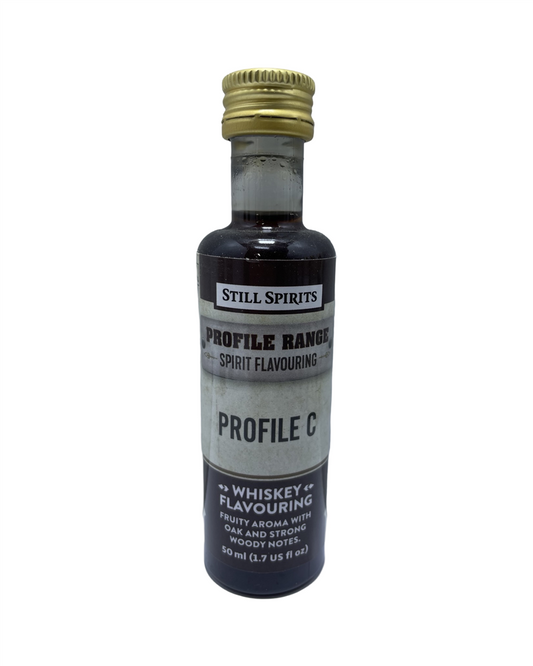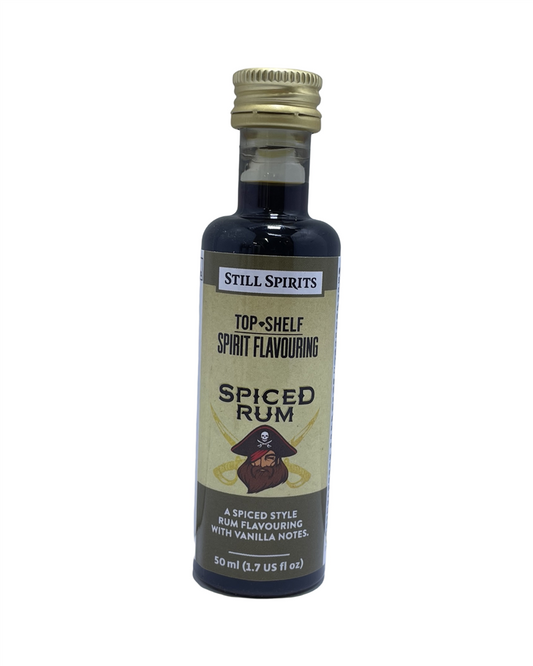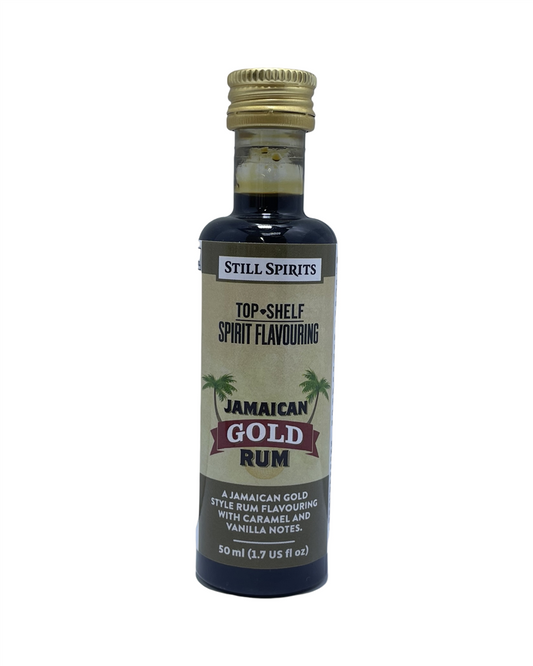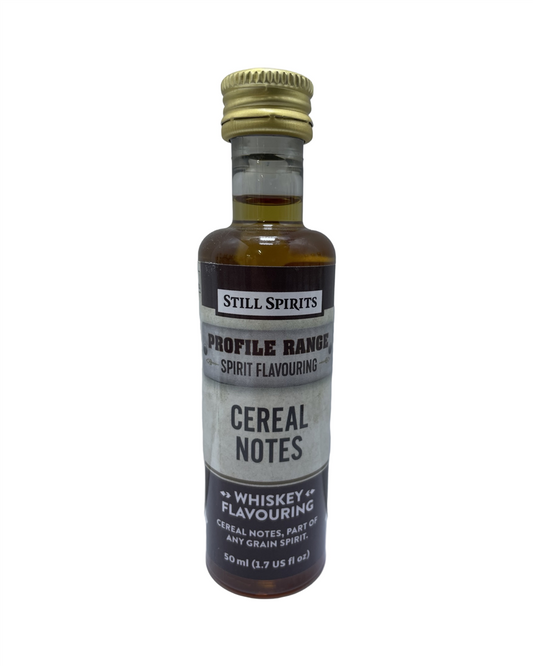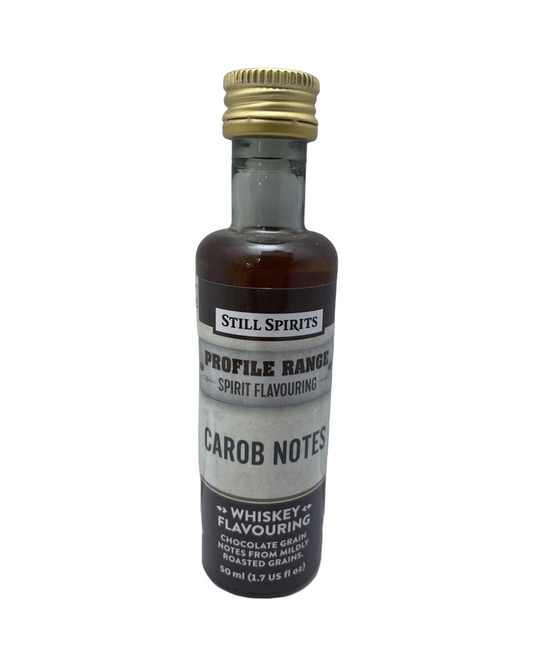How to Use a Still: A Complete Step-by-Step Tutorial for Beginners
Share
How to Use a Still: A Complete Step-by-Step Tutorial for Beginners
There’s something magical about crafting your own spirits. It’s not just about the finished product—it’s about the joy of the process, the pride of creating something with your own hands, and the satisfaction of refining your skills with each batch. Whether you’ve always wanted to try distilling or you’re just curious about how a still works, you’re in the right place.
What is a Still?
A still is a piece of equipment used to distil liquids, separating alcohol from a fermented mixture through heating and condensation. It’s a time-honoured technique that distillers have used for centuries to create everything from whiskey to gin. While it might sound intimidating, using a still doesn’t have to be complicated—especially when you have the right tools and guidance.
Setting Up Your Still
Before you begin, you’ll need a well-ventilated space and a quality still. If you haven’t picked one up yet, check out our collection of distilling supplies for beginner-friendly options.
- Clean Your Equipment: Start with a thorough wash. Even a brand-new still needs a good clean to remove any manufacturing residues.
- Assemble the Still: Follow the instructions that come with your still. Connect the condenser, secure the seals, and ensure all pieces fit snugly.
- Fill the Boiler: Pour in your fermented mash or wash. Only fill it to the recommended level—overfilling can cause issues during the distillation process.
How Distillation Works
Now that you’re set up, it's time for the magic to happen. Distillation relies on heating your liquid to separate alcohol from water. Here’s how it works step by step:
- Heat Slowly: Turn on the heat and bring the mixture to the right temperature. Alcohol has a lower boiling point than water, so it evaporates first.
- Monitor the Temperature: Your still should have a thermometer—watch it closely to keep things on track.
- Condensation Stage: The steam passes through the condenser and cools down, turning back into liquid form.
- Collect the Output: The first portion to come out, known as the "foreshots," contains harsh compounds—discard these. The next section, called the "heads," has some impurities but can be kept for blending.
- The Heart of the Run: This is the best part of your distillation—the cleanest, highest-quality alcohol. Collect this separately.
- The Tails: The final portion contains heavier compounds. Some distillers choose to rerun the tails in future batches.
Tips for a Better Distillation
Like any craft, distilling can take time to master. But a few handy tips will set you on the right path:
- Keep an Eye on the Temperature: Small fluctuations can impact the quality of your final product.
- Use Clean Water: The purer the water, the better your outcome. Contaminants can affect flavour.
- Practice Patience: Rushing the process can lead to poor results. Take your time and enjoy the experience.
- Record Your Process: Keeping a log of temperatures, timings, and outcomes can help you fine-tune your technique.
Storing and Enjoying Your Spirits
Once you’ve collected your heart cut, it’s time to store it properly. Glass bottles work best as plastic can leach unwanted flavours. Aging your spirit with wood chips or specific flavouring agents from our homebrew section can give it depth and character over time.
Ready to Start Distilling?
There’s no experience quite like making your own spirits. Whether you’re refining a classic or experimenting with unique flavour combinations, having the right setup makes all the difference. Visit Strathalbyn H Homebrew to grab the best equipment, ingredients, and expert advice to kickstart your journey.
Happy brewing!
Candeece

Stay Connected
Join our homebrewing community: Beer and Barrel Society on Facebook
Follow our Facebook Page: Strathalbyn H Hardware on Facebook

